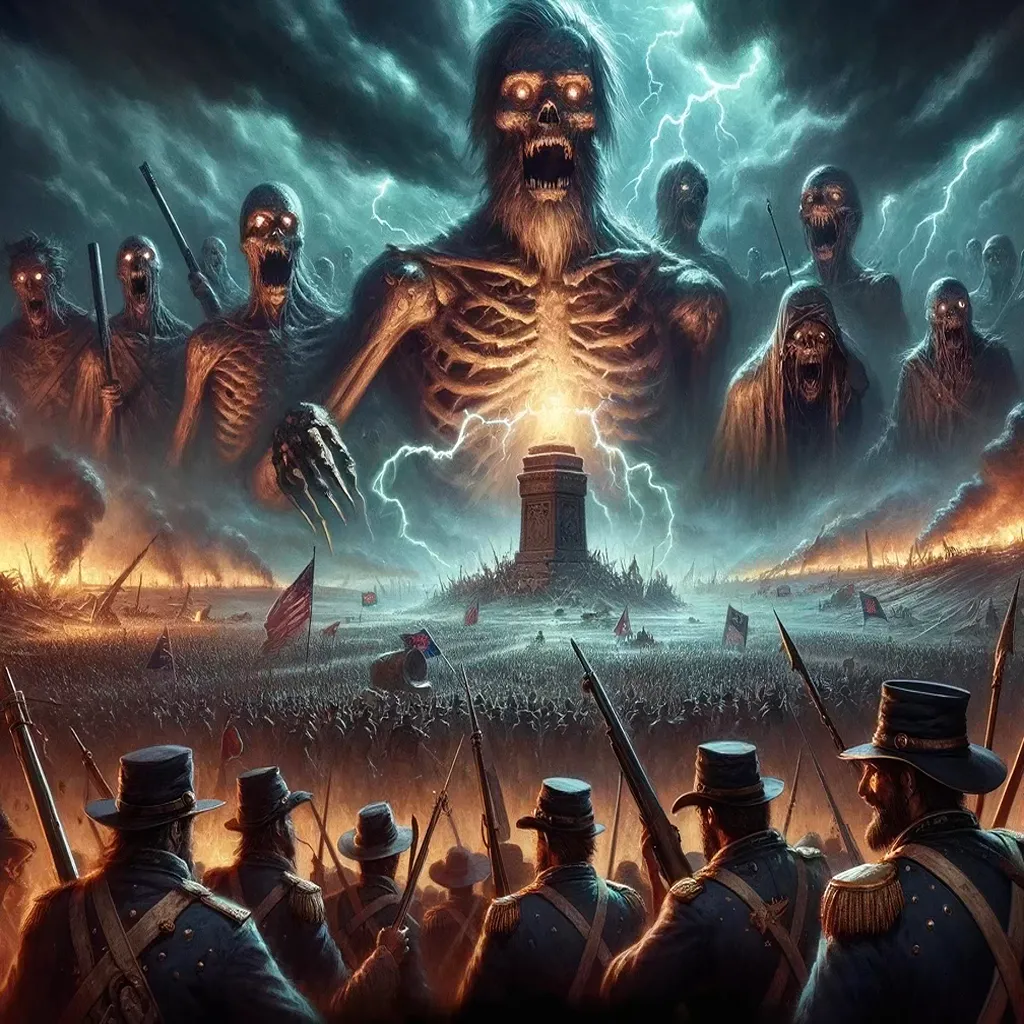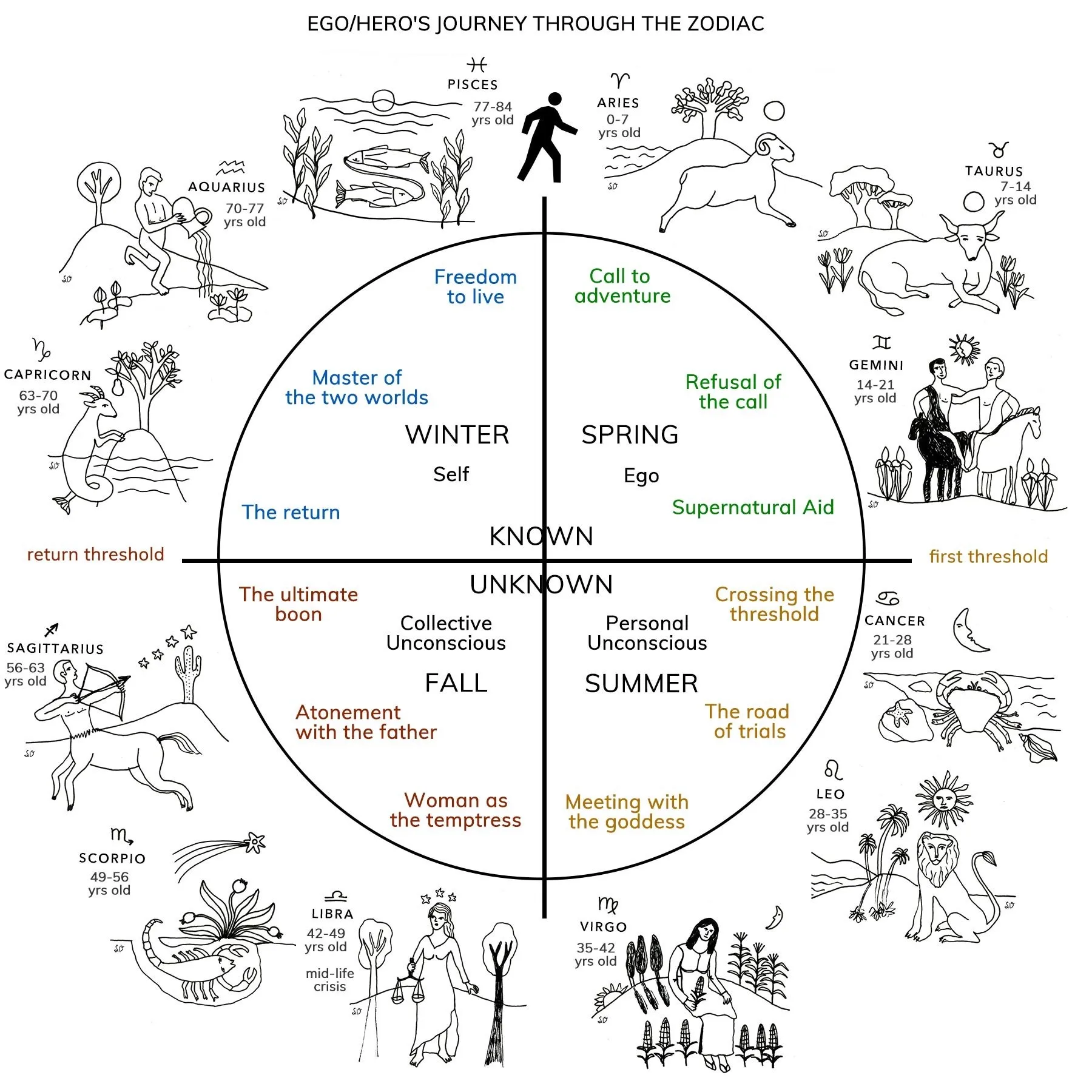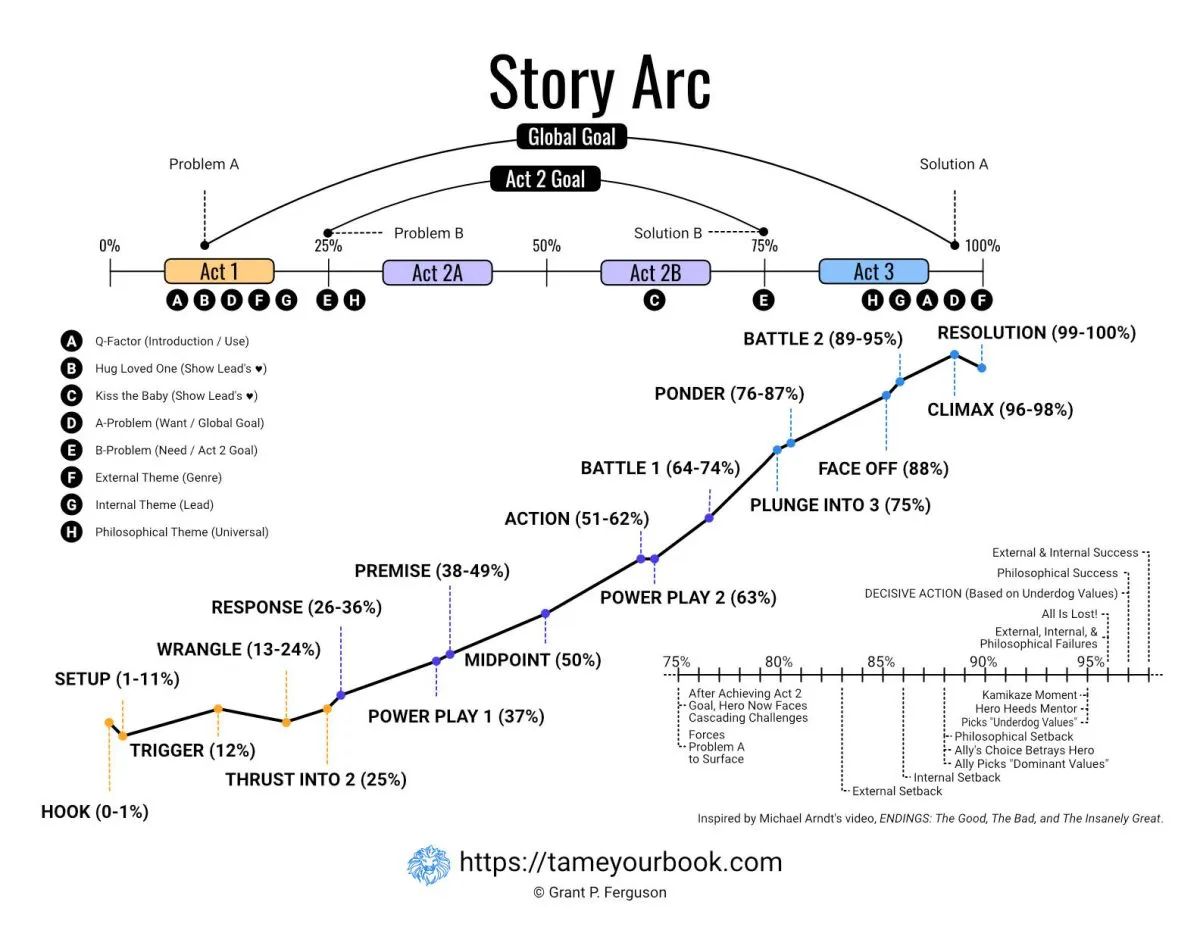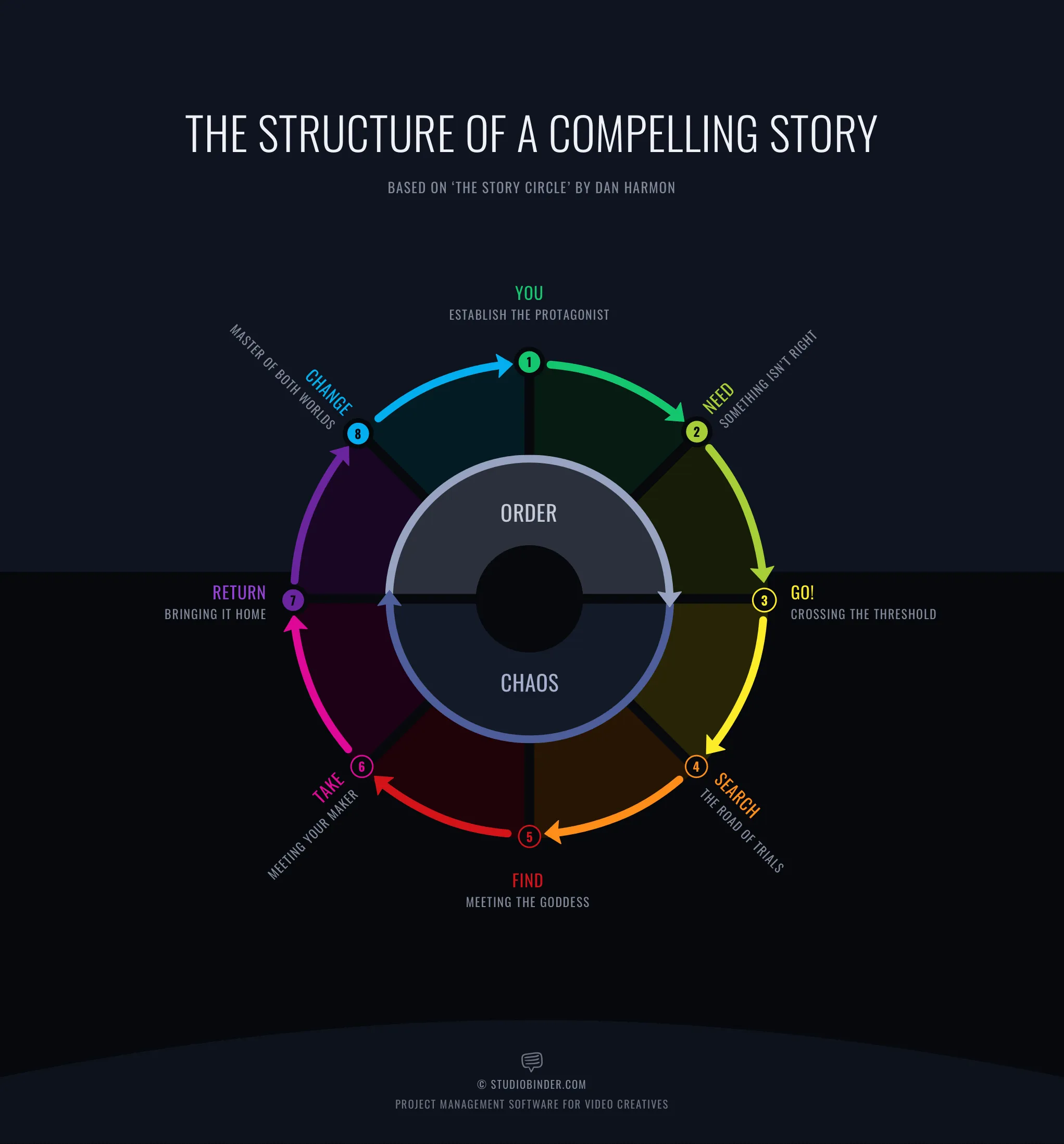Recent Posts
After a multi-day hiatus due to health issues that made posting feel overwhelming, I'm finally feeling well enough to get back to writing. Sometimes we need to listen to our bodies and take breaks, but now I'm ready to resume sharing content with you all.
I explore how to transform seemingly positive events into sources of conflict and tension in storytelling, moving beyond traditional supernatural consequences like monkey's paws. Drawing inspiration from folklore but expanding into more nuanced territory, I show how any triumph - from new relationships to career advances - can become a character's undoing. Through three targeted exercises examining aspirations turned to ruin, adversity leading to unexpected benefits, and methods of removing afflictions, I demonstrate how writers can weave complex narratives where success and downfall are intimately connected.
I've developed a post-apocalyptic story that pairs an unlikely duo - a social media-obsessed teenager and a grizzled survivalist - in the aftermath of catastrophic solar flares. Through Ayres Jorge and Ozman Shaugh's journey, I explore how different generations and mindsets might adapt to survive in a world stripped of technology. As they face various threats, from looters to warlords, their complementary skills and perspectives help them not only survive but eventually lead others in rebuilding society. The narrative challenges the typical "hunker down and defend" approach of survival stories, suggesting that true hope lies in bringing people together rather than hiding from them.
I've compiled 61 crucial writing insights I wish I'd known earlier in my journey - from handling different audiences to crafting memorable characters. These tips cover everything from the practical (writing 547 words daily equals 200,000 words yearly) to the philosophical (embracing plot holes while focusing on story). Drawing from various aspects of the craft - dialogue, description, character development, and even profanity usage - I offer guidance on avoiding common pitfalls like the overused "show, don't tell" rule and creating more authentic, engaging narratives. This collection represents lessons learned through experience that I'm now sharing to help other writers grow.
I explain the Q-Factor - a powerful storytelling technique where an emotional element, introduced early in the story, returns at the protagonist's darkest moment to help them overcome their fears and challenges. By establishing this element in Act One, subtly referencing it mid-story, and bringing it back at a crucial moment, we can create deeply resonant scenes without heavy-handed explanation. Through a five-step process, I demonstrate how to effectively weave this device into your narrative, making those rock-bottom moments more impactful and meaningful.
I've crafted a detailed heist-to-redemption story outline that follows a protagonist's transformation from a recently released thief to an unlikely hero. Through 39 major story beats, I trace their journey from planning a dangerous heist out of desperation to eventually leading a network of vigilantes fighting corporate corruption. The outline blends classic heist elements - team assembly, planning, unexpected complications - with deeper themes of redemption, moral choices, and justice. Each beat builds naturally from action to consequence, culminating in the protagonist finding a new purpose as a modern-day Robin Hood.
Today was dedicated to behind-the-scenes work - fixing formatting issues and improving descriptions across my older posts rather than creating new content. While this means I won't meet my usual posting goals, these updates were necessary to improve the overall quality of the blog. I should be back to regular posting tomorrow, once all these edits are properly in place.
In this daily reflection post, I share both the challenges and bright moments of my day. Despite dealing with chronic pain, late starts, and worried moments about my four-year-old's health, I found joy in unexpected places - like a rare "I love you" from my teenager and some meaningful progress with my work. I'm learning to acknowledge both the ups and downs, celebrating small victories like managing to eat a bit more than usual. This kind of honest daily check-in helps me stay grounded and might become a regular feature of my blog.
In this ambitious story outline, I blend three distinct narrative threads. A magical alternate history of the Civil War, a wartime romance, and an exploration of grief. This unique combination allows writers to follow a protagonist who discovers a secret society of mages influencing the war's outcome, while navigating love and loss. The outline provides detailed beat-by-beat guidance through major historical events like Gettysburg and the Lincoln assassination attempt, character development milestones, and the complex stages of grieving, offering a framework for crafting a rich, emotionally resonant historical fantasy.
I've crafted an alternate history/horror novel that reimagines the Civil War through a supernatural lens, introducing an ancient Aniyvwiyan artifact that transforms the conflict into something far more terrifying. The story follows unlikely allies - a Confederate soldier who discovers the artifact and a Union spy - as they work with an Aniyvwiyan Adawehi to stop an ancient evil from using the war's bloodshed for its own apocalyptic purposes. By blending historical elements with supernatural horror and Native American mythology, I explore how the desperate pursuit of power can unleash forces beyond human control, ultimately leading to consequences that blur the lines between victor and vanquished.
I explore the art of time skips in storytelling - a technique that, when used strategically, can enhance narrative flow and highlight character development. Like a theatrical intermission, these temporal jumps allow readers to intuitively fill in gaps while focusing on crucial story moments. I emphasize the importance of purposeful skips, thoughtful transitions, and scene consolidation to maintain narrative momentum. Through various prompts, I examine how skipping forward can impact character arcs, maintain suspense, and create emotional resonance, while avoiding unnecessary scene transitions that might bog down the story.
In this outline, I present a streamlined version of the Hero's Journey focused on character transformation, distilled into thirteen essential "I am" statements. Unlike traditional monomyth structures with twenty to thirty beats, this framework traces the protagonist's emotional evolution from feeling incomplete through moments of resistance, confrontation, and rebirth, to their final decisive choice and completion. Each beat emphasizes the internal character journey rather than external plot points, offering writers a character-driven approach to story structure.
I've written a contemporary romance that explores healing and second chances through the story of two single parents, Henley Rodgers and Sparrel Marietti, who meet during preschool drop-offs. Their paths cross as each deals with profound loss - Henley grieving his wife's death while raising their daughter, and Sparrel rebuilding life with her son after escaping domestic abuse. By weaving together themes of grief, trauma recovery, and the courage to love again, all while facing the very real threat of Sparrel's abusive ex-husband, I aim to create a romance that delves deeper than typical meet-cutes into the complexities of finding love after loss.
I've created an extensive exercise exploring the dramatic impact of killing your protagonist mid-story. From examining leadership transitions and unexpected plot twists to analyzing emotional fallout and legacy effects, I walk through the various ways this bold narrative choice can reshape your story. Through detailed prompts and scene exercises, I help writers consider everything from ripple effects on minor characters to the possibility of resurrection, ensuring that if you decide to kill your protagonist, it serves the story meaningfully rather than just for shock value. Even if you ultimately decide against it, these exercises offer valuable insights into character dynamics and plot development.
I'm sharing a unique narrative structure I call the full circle sequence - a five-part progression that follows a protagonist through cycles of struggle, temporary victory, overwhelming trouble, and ultimate resilience. While it's more than a single story beat but less than a complete outline, this flexible framework can repeat throughout a story, showing how characters cycle through heroic moments, mistakes, paralysis, and deliberate choices to persevere. Each section can be used multiple times as needed, making it a versatile tool for developing character arcs and plot progression.
In this outline, I explore how the Hero's Journey aligns with the zodiac, weaving together ancient myths and astrological symbolism. Starting with Aries' call to adventure through to Pisces' freedom to live, each zodiac sign corresponds to a specific stage of the hero's transformation, complete with its ruling planets and mythological examples. From Jason's quest for the Golden Fleece to Persephone's journey to the underworld, these classical stories illuminate how planetary energies and archetypal patterns guide us through our own personal quests for meaning and growth.
In this daily reflection post, I share both the challenges and bright moments of my day. Despite dealing with chronic pain, late starts, and worried moments about my four-year-old's health, I found joy in unexpected places - like a rare "I love you" from my teenager and some meaningful progress with my work. I'm learning to acknowledge both the ups and downs, celebrating small victories like managing to eat a bit more than usual. This kind of honest daily check-in helps me stay grounded and might become a regular feature of my blog.
In this expanded version of the "Tame Your Book" outline, I break down novel structure into three distinct acts and eighteen key beats. The framework moves from a Stable World through an Unstable World to a Changed World, with detailed scene sequences that guide character development and plot progression. Each beat serves a specific purpose, from the initial Hook through to the final Resolution, with particular attention to power plays, battles, and transformative moments. This structure works especially well for genres like cozy mysteries, where both external plot and internal character development need careful pacing.
I created this comprehensive beat sheet back in 2009 because I was frustrated with existing story outlines that weren't producing polished, finished stories. The outline breaks down into 174 individual beats across four acts, with each major beat followed by trials and mini-quests that test the protagonist. While it might seem excessive, this detailed structure helps ensure every story element gets proper attention, from character development to plot progression. The trials and mini-quests can be classified as major or minor, with internal, antagonistic, or external focuses, providing a flexible framework for any narrative.
In this streamlined story structure, I break down the narrative journey into eight essential steps, from "You" to "Change." Based on Dan Harmon's Story Circle, this framework focuses on the protagonist's evolution through clear action-oriented stages. Each step builds naturally from the last - establishing character, identifying needs, taking action, searching, finding (but not what was expected), taking (at a cost), returning, and finally changing. It's a simplified but powerful tool that helps writers maintain focus on both character development and plot momentum.







